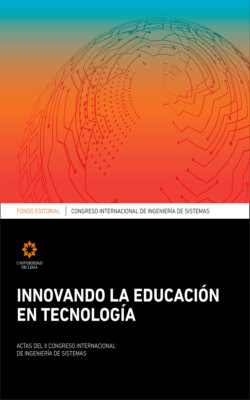Читать книгу Innovando la educación en la tecnología - Группа авторов - Страница 10
1. INTRODUCTION
ОглавлениеThe first known use of improvisation goes back to the Atellan farce (fabula Atellana) dating back as far as 391 BCE, but it seems to have faded by 55 BCE according to Cicero [12] and no written records appear to exist past the first century CE [7]. In the 1500s, the improvisation art form was revived through the commedia dell’arte. Although it was performed in an unscripted format, the characters, plot, and locale were pre-set. It lasted until about 1800 and died out, in part, due to the political nature of the shows themselves, which led to suppression and eventual outright banning.
Improvisation was resurrected as a theater art form in the 20th century through the independent work of Viola Spolin and Keith Johnston. Spolin defined what improvisation theater in the US would look like through her book “Improvisation for the Theater”, which was first published in 1963. Johnston wrote “Impro: Improvisation and the Theatre” and created Theatresports. It is through the work of these two that improvisation was codified and advanced in such a way that it could be applied in many STEM (Science, Technology, Engineering, Math)-related fields.
I started taking formal improvisation classes in January 2017 from a local improv company and have continued to do so even today. In September 2017, I began to give improv talks/workshops at mostly academic-related conferences. Over the next year, I spoke at a total of seven national/international conferences. In October 2017, I attended the Midwest UX (User Experience) conference where I took a workshop on improvisation from Mike Gorgone, a computer scientist, who learn improvisation from both The Second City and iO improv companies. His focus has been applying improvisation techniques to help UX designers produce digital products. Interestingly, Dick Costolo, the former CEO of Twitter, was a computer scientist and an accomplished improviser who studied improv while living in Chicago as well.
In February-March, 2019, I worked at Miras University in Kazakhstan on a project entitled “Multilingual Education via Interactive & Cognitive Teaching”, which was out of their Computer Science and Information Technology department. I conducted improv workshops for both their technical faculty, English faculty, and also elementary and high school English teachers from the region.
